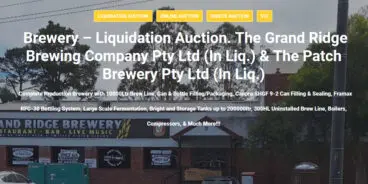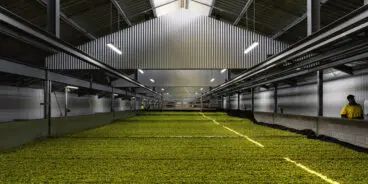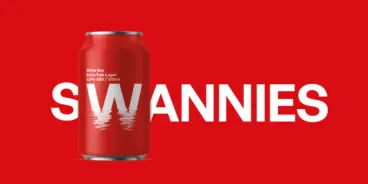
Good Drinks results highlight tough market
Good Drinks Australia’s annual results highlight the enormous challenge brewers face in a tough beer market, finding it hard to translate growth to profit.
The ASX-listed business, owner of brands that include Gage Roads, Matso’s and Atomic, posted revenue growth of 52 per cent for the recently-completed financial year, yet saw profit fall from $2.2 million in FY22 to a loss of $157,000 in the financial year just ended.
Amongst its reported highlights were group revenue growth to $106.2 million and total volume growth of 34 per cent to 26 million litres.
The company also cited IRI MarketEdge data that it said showed retail market share had doubled to 2.5 per cent.
This was balanced by a 91 per cent increase in the cost of goods sold and variable costs to $68.7 million and a 38 per cent increase in sales and marketing costs to $18.5 million.
In its annual report the company said these increases were predominantly one-off, reflecting its commentary around the half-year results where raw materials, consumables and delivery costs leapt 142 per cent to $27.8 million for the first six month of the financial year.
Despite the expectation that it had been a one-off jump, the full-year results kept the same track with the full-year cost of $52.2 million, more than double the previous years costs.
Speaking to Brews News, Executive Director, Strategy, Brand, Hospitality Aaron Heary said it was a disappointing profit result, but he was ‘ecstatic’ with the revenue result.
“And I think it’s quite indicative of where we sit at the moment in terms of global events, inflation, global wars, shipping and how competitive the market has become in that boiling pot,” he said.
Heary said the company had the challenge in terms of price realistion.
“Things have really hotted up in terms of pricing and the ability for brewers to pass through pricing to consumers, and the consumer’s ability to absorb that is not keeping pace with the rising costs.”
“Consumer spending has fallen, and you know, the discretionary share of wallet has gone down and that means that they’ve just got less money to spend at the till.
“The whole industry has been impacted, I think the whole beer market is down 8 per cent or something and that’s really unheard of; that’s a huge, huge decline overnight.
“And interest rate rises, inflation, and uncertainty, I think has had people put their money in their wallets.”
Asked why brewers had found it so difficult to increase prices when other industries had managed price increases, Heary said he didn’t know.
“I just know that you hit what we call price cliffs where, if your product is over – it used to be $50, then $60 and $70 – if you hit those price cliffs your volume really drops off.
“So your ability to pass through costs at those price cliffs through to consumers is impacted as well.”
He said beer is a discretionary item as well.
“I think people can switch to cheaper sources of alcohol and craft beer in particular is a bit of a luxury item for a lot of people.”
He said wine was an example where, unlike beer excise, the WET tax is not indexed to inflation.
“It becomes cheaper and cheaper every year.”
Heary said that the cost of consumables had stayed high, and longer than anticipated in the half-year results, because it took longer than expected to ‘unwind’ some of the raw materials.
“During COVID, with the supply chain interruptions that were happening, we found that raw materials and actually just getting shipping containers was actually very difficult,” he explained.
“So, where we could, we bought up big and we increased our inventory quite significantly and with a slowdown in sales in packaged goods, like bottles and cans, being relatively flat, that just took longer to cycle through than what we had expected.
“It’s largely largely gone back to to normal now.”
Heary acknowledged that the increase in sales and marketing expenses was a signal that buying growth has a cost.
“Sales and marketing is expensive,” he said.
“We are pushing into new markets as well which is always a little bit more expensive than then your home market. But it’s something we’re committed to.
“And if you look at the graph of sales and marketing expenditure, you can say it goes up and flatlines and goes up and flatlines.
“We’re not forecasting a 38 per cent increase in sales and marketing costs this year.”
A strong highlight for the business was the growth in the contribution the group’s bourgeoning hospitality arm made to the results.
Its hospitality division saw EBITDA grow from $1 million to $4.5 million, excluding the one-off sale of poker machine licences at its planned Matso’s venue on Queensland’s Sunshine Coast.
That venue is expected to open later this year.
Hospitality revenue grew 123 per cent to $29 million, reflecting the impact that its Gage Roads Freo has had since opening.



